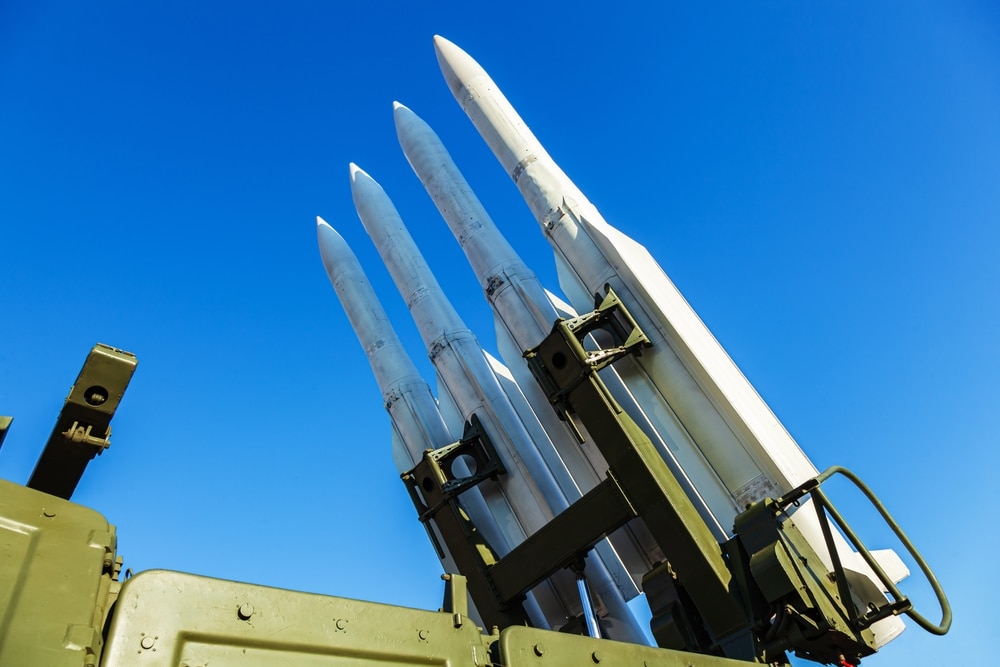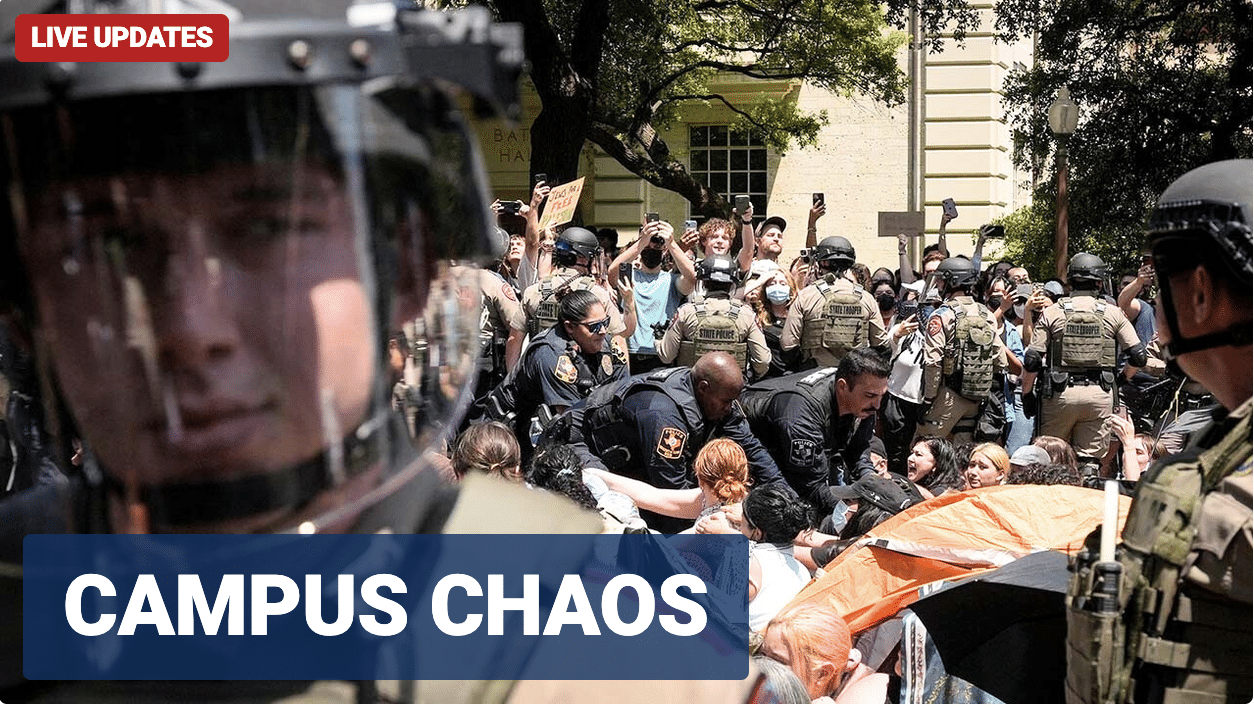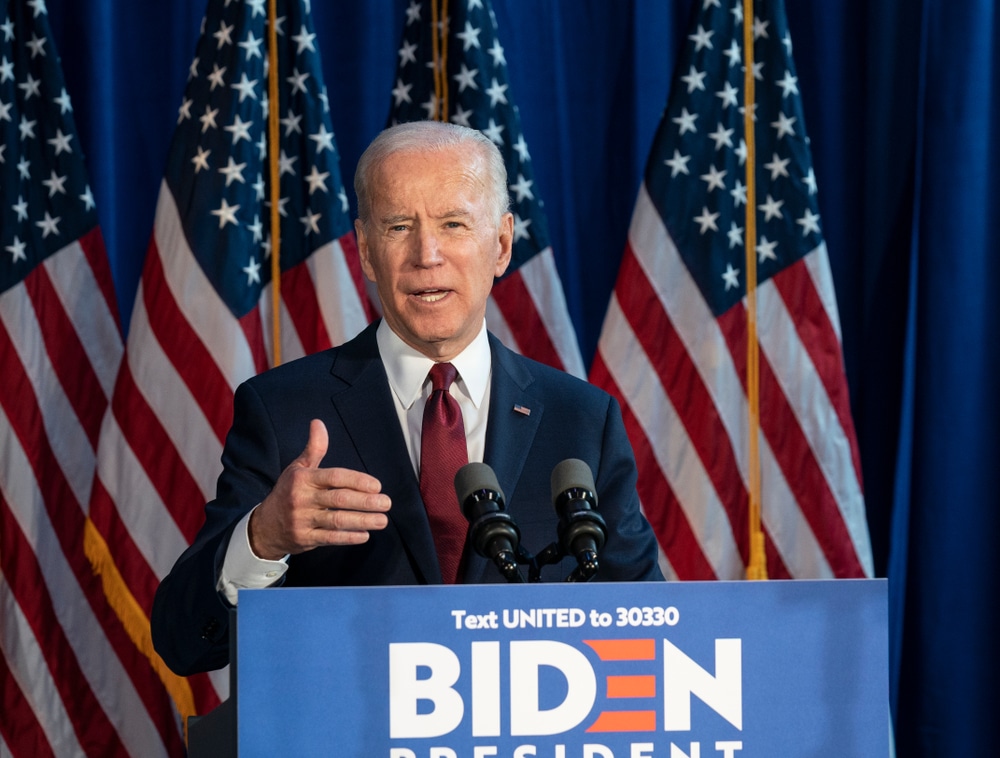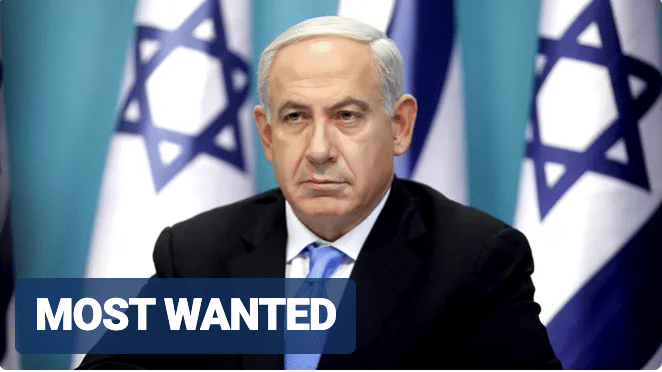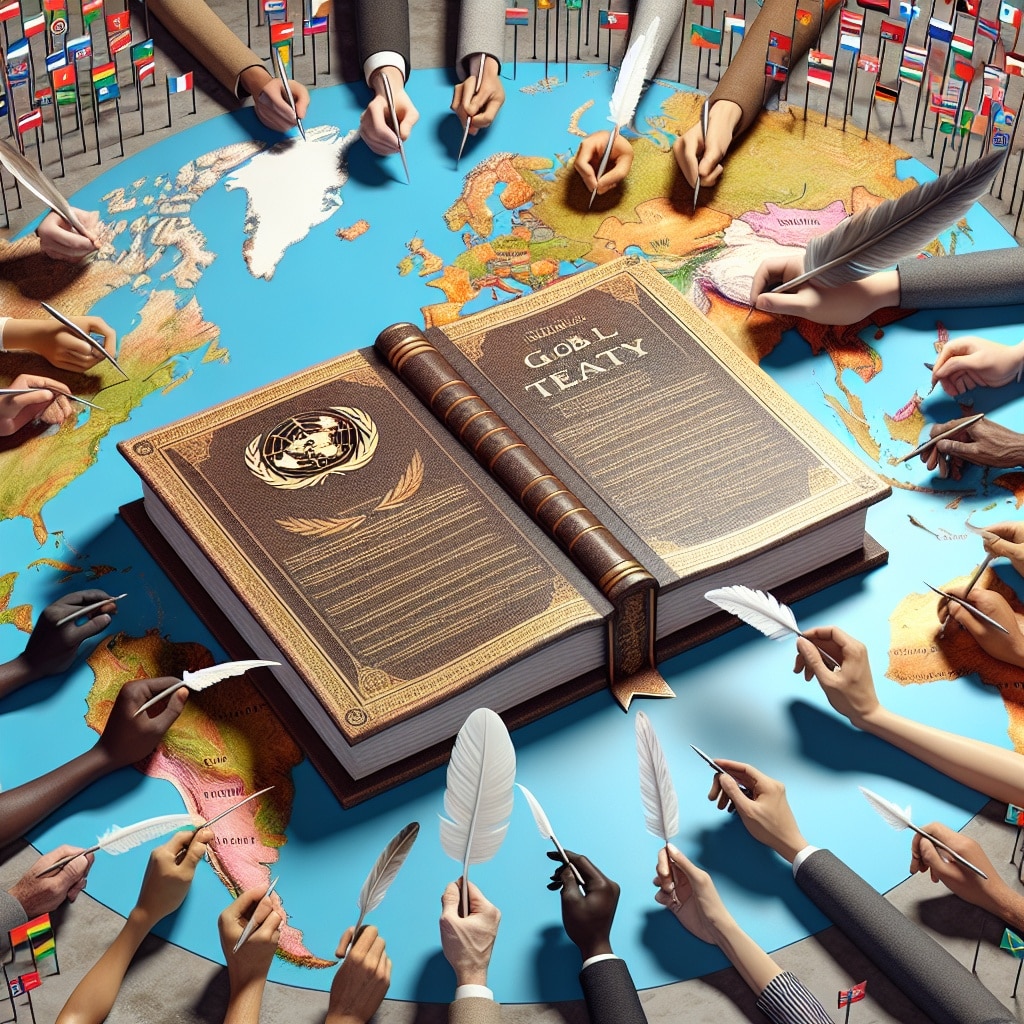Last March, a Russian arms maker invited a delegation of Iranians to a VIP shopping tour of its weapons factories. The 17 visitors were treated to lunches and cultural shows and, on the final day, toured a plant that makes products long coveted by Tehran: advanced Russian air defense systems for shooting down enemy planes.
The factory, NPP Start, in the city of Yekaterinburg, is under U.S. sanctions for supporting Russia’s war against Ukraine. Among its wares are mobile launchers and other components for antiaircraft batteries — including Russia’s S-400, which military analysts assess to be capable of detecting and destroying stealth fighter jets flown by Israel and the United States.
A leaked Russian document, part of stolen Iranian emails posted online in February by a hacker group, described the tour as a showcase for “scientific and technical potential and production capabilities” that Russia could offer Iran.
Whether the visit led directly to a purchase is unknown. But the trip is emblematic of what intelligence officials describe as a deepening strategic partnership between Moscow and Tehran in the two years since Russia’s full invasion of Ukraine —
an alliance that could emerge as a significant factor as Israeli leaders weigh possible military strikes in retaliation for the hundreds of drones and missiles launched against Israel over the weekend.
Iran opened a dangerous new chapter in its relations with Russia by agreeing in 2022 to supply thousands of battlefield drones and missiles to aid Moscow in its war against Ukraine.
The expanded ties have now helped cement agreements between Moscow and Tehran, including a pledge by Russia to provide its ally with advanced fighter jets and air defense technology, assets that could help Tehran harden its defenses against any future airstrike by Israel or the United States,
according to U.S., European and Middle Eastern intelligence officials and weapons experts. The officials, like several others interviewed for this article, spoke on the condition of anonymity to discuss sensitive matters.
It is not known how many of the systems have been provided and deployed, but Russian technology could turn Iran into a far more formidable adversary, with an enhanced ability to shoot down planes and missiles, the officials and experts said.
The weapons deals, some details of which have not been reported previously, are part of a broader collaboration that includes co-production of military drones inside Russia, the sharing of anti-jamming technology,
and real-time battlefield assessments of weapons deployed against NATO-equipped forces in Ukraine, the intelligence officials and weapons experts said. The cooperation is reaping substantial benefits for both countries, while elevating Iran’s status from junior ally to strategic partner, they said.
“It’s no longer the patron-client dynamic, where Russia holds all the leverage,” said Hanna Notte, director of the Eurasia Nonproliferation Program at the James Martin Center for Nonproliferation Studies. “The Iranians are accruing benefits from this change. The nature of their relationship has gone beyond just getting things. There’s knowledge transfer, there’s intangible gains.”
Intelligence officials described Russia as “advancing” agreements negotiated in secret to supply Iran with Su-35s, one of Russia’s most capable fighter-bombers and a potentially dramatic upgrade for an Iranian air force that consists mainly of rebuilt U.S. and Soviet aircraft dating from before 1979. Russia also pledged to provide technical help with Iranian spy satellites as well as assistance in building rockets to put more satellites into space, the officials said.

